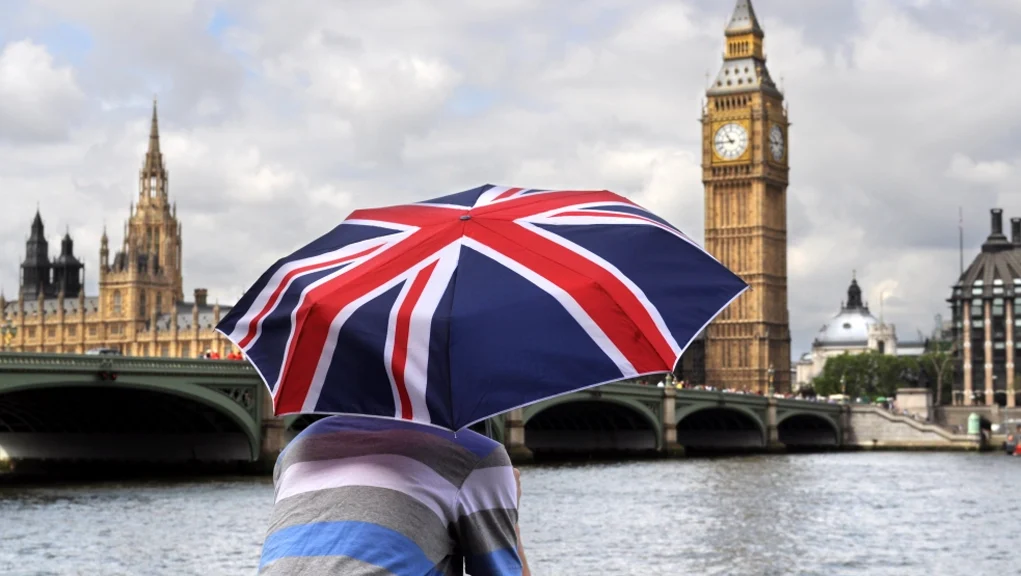
Bans don’t erase demand—they shift it. Smarter regulation, innovative technology, and smart enforcement can protect youth while keeping safer options for smokers available.
Three months into the UK’s nationwide ban on disposable vapes, cracks are already showing in the policy’s foundations. Far from easing environmental pressures or curbing youth uptake as intended, evidence suggests the ban has instead fueled waste problems, bolstered illicit sales, and risked undoing years of progress in smoking reduction.
According to numerous recent news reports, Biffa, one of the country’s largest waste management firms, disposable vapes are still entering household waste streams at alarming levels—around one million devices per month. Facilities in Suffolk, Teesside, and London even reported slightly more vape-related contamination in the three months after the ban compared to before it.
Several factors explain this persistence. One of the main reasons could of course be the fact that retailers had slashed prices ahead of the ban, leading to mass stockpiling that ensured disposables would remain in circulation for months. However, there is also the fact that manufacturers have quickly switched to producing inexpensive “reusable” products marketed as refillables. Yet many of those consumers who preferred disposables, are treating these as such, discarding them after a single use.
For the waste sector, this has only deepened risks. Lithium batteries inside vapes are notorious for sparking fires when crushed or damaged during sorting—incidents that are costly, dangerous, and increasingly common. Critics argue the ban has simply shifted, not solved, the problem.
The ban had two main objectives – both not met
Supporters of tobacco harm reduction are now questioning whether the ban has achieved either of its stated aims: reducing youth vaping or lessening environmental damage. Instead, the waste stream remains saturated, while underage access continues through illicit channels.
The UK Vaping Industry Association has consistently maintained that bans are not the answer to the challenges facing the vaping sector, arguing instead for proper enforcement of existing laws. The group emphasized that disposable vapes have played a critical role in helping reduce adult smoking rates to record lows, and expressed deep concerns about the consequences of the current ban.
The UKVIA rightly warned that it may drive some vapers back to smoking while simultaneously fueling the growth of black market products, which pose significant risks to public health and consumer safety. It cited studies estimating that up to 1 million vapers could return to smoking as a result of the ban—a potential public health disaster given smoking remains the UK’s leading cause of preventable death.
From high streets to back alleys
While disposables are no longer legally available, they have hardly vanished. Reports from Trading Standards and police raids show black market disposables being sold from back rooms, under-the-counter, or even hidden in false shop walls.
This raises a troubling question: if retailers are going to such lengths to conceal illicit stock, how likely are they to be enforcing strict Challenge 25 age-verification policies? The answer seems obvious. A ban designed to protect youth may in fact be making access easier by pushing sales into unregulated, shadowy channels. But are we surprised? Isn’t this what tobacco harm reduction experts have warned us of all along?
Meanwhile, one must point out that the challenge lies not only with unscrupulous retailers but also with enforcement capacity. Trading Standards officers, already stretched thin, are tasked with policing everything from alcohol and tobacco to counterfeit goods. A 2023 survey revealed that 61% of officers felt under-resourced to effectively monitor the vape market even before the ban.
While millions of illicit devices have been confiscated, enforcement remains reactive rather than proactive. The sheer scale of the black market makes comprehensive oversight impossible. The predictable result: an entrenched illicit trade that undermines both consumer safety and legitimate businesses committed to compliance.
Smarter alternatives to bans
For harm reduction advocates, the lesson is clear. Prohibition-heavy policies create unintended consequences—be it increased fire hazards, resurgent smoking, or the growth of dangerous black markets. Instead of closing the door on adult smokers who rely on disposables as a quitting tool, policymakers should focus on smarter, evidence-based regulation.
One solution, long proposed by the UKVIA and finally under government consideration, is a licensing scheme for vape retailers and distributors. Such a system could improve accountability, fund enforcement, and help distinguish responsible sellers from rogue operators.
At the same time, the industry has shown its capacity for innovation, rapidly introducing new refillable and pre-filled pod systems designed to replicate the convenience of disposables while offering a more sustainable pathway. These products could provide smokers with an accessible off-ramp from cigarettes—if policymakers and the public are willing to embrace them.
Smarter paths benefitting both youth and adult smokers
The UK’s experience mirrors challenges abroad. In the U.S., enforcement gaps and loopholes have fueled a $2.4 billion illicit disposable market, despite FDA crackdowns. Both countries now face the same dilemma: how to curb youth vaping without cutting off life-saving harm reduction tools for adults. The answer lies not in blanket bans but in smarter, targeted regulation that emphasizes rigorous age verification, including technology-driven solutions, and licensing schemes to strengthen enforcement against rogue retailers. At the same time, consumer education is needed to highlight lower-risk alternatives to smoking, alongside continued innovation to make sustainable, adult-friendly devices the norm.
The disposable vape ban has shown, yet again, that bans do not erase demand—they simply displace it. In this case, into household waste streams, fire-prone recycling facilities, and black-market back rooms. Because when it comes to tobacco harm reduction, the stakes are too high for simplistic solutions.
If the true goal is to protect young people and the environment without reversing hard-won public health gains against smoking, a balanced consumer-friendly approach is required. By fostering collaboration between regulators, public health, industry, and technology providers, while considering consumers’ needs, the UK could chart a path that safeguards both youth and adult smokers seeking safer alternatives.
